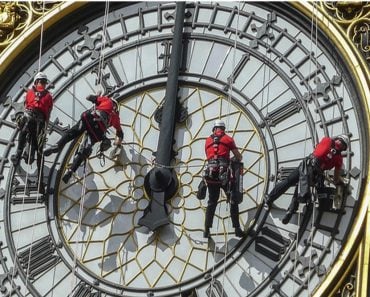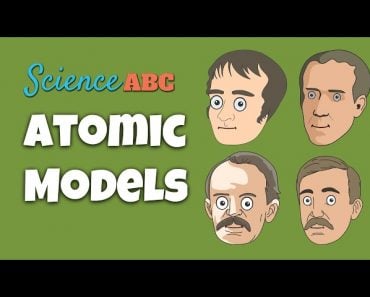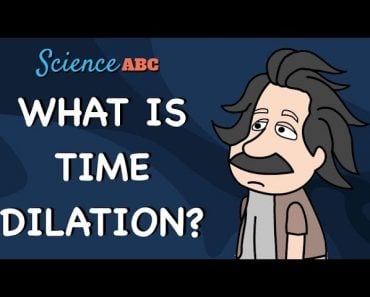The world of atoms and subatomic particles is fascinating and mysterious. To understand the building blocks of the material world, we must fully unravel the quantum world.
In the realm of modern science, and in general, the concept of time has always sparked curiosity in the human mind. We may say that time is an interval between two events. But how do we measure these intervals? Unquestionably, we use clocks! Clocks are such a habitual part of our daily lives, but have you ever wondered how accurate a clock really is? Let’s find out!
Recommended Video for you:
The Evolution Of Time
In every civilization we’ve learned about, people found ways to follow time and know when things happened. Think of the story of time as an exciting adventure that moves through science, thinking, how people live, and even cool gadgets. It’s about how humans have changed the way they think about something critically important – time!

Everything started when early human civilization explored the movements of the sun, moon and stars in the sky. They thought it was very interesting and began making special calendars that helped them know when to plant crops and celebrate important ceremonies. They even believed that the sky was like a big storybook, where time was connected to the stars.

Mechanical Clocks And Standardization
In ancient China, the water clock was a revolutionary invention that kept time and continued to improve over centuries. The invention of mechanical clocks in the Middle Ages marked a crucial shift in timekeeping. These clocks used gears and weights to tell time much better than the old ways. In the 1600s, Christiaan Huygens made a special clock with something called a pendulum. This made clocks even better at getting the time exactly right.
Newton And Absolute Time
Isaac Newton came up with some incredibly important rules about how things move and why they fall. He also had a very cool idea about time. He thought that time was like a steady beat that was the same for everyone and everything. Imagine having a special ruler, just for time, that never changes.
Everything that happens, such as when you eat lunch or play outside, is compared to this unchanging ruler. People who study science and think deeply started using this idea to figure out how things move and why they happen. It even made people think in new ways about life, the world, and everything around us!
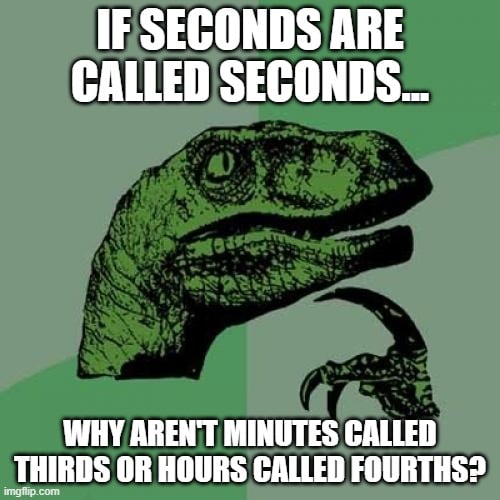
Time’s Epic Journey: From Newton To Einstein, Atoms To Uncertainty
Back in the early 1900s, around the birth of Modern Physics, Albert Einstein came up with a new idea about time. Previously, people thought time was always the same for everyone, like a steady beat. Einstein said that was simply not true! He showed that time can change, depending on how fast you’re moving or how strong gravity is in your immediate vicinity. Imagine time as something stretchy, like a rubber band, that can get longer or shorter. This huge change in the way we think didn’t just make time look different – it also helped us see the universe in a more detailed way.
It was like opening the door to a new way of understanding everything, wherein time and space are like dance partners moving together in a graceful and connected pattern.
In the realm of Quantum Mechanics, Heisenberg’s uncertainty principle adds a bit more difficulty in understanding the concept of time for super tiny atoms and subatomic particles. This principle says that we can’t exactly measure both the position and speed of a particle at the same time. So the question is still incomplete… how do we measure time accurately?
Atomic Clocks And Accuracy
In general, we measure time intervals by actually counting the number of cycles of a reference frequency source. For example, oscillations of a mechanical pendulum or a piezoelectric quartz crystal oscillator. This is what makes clocks work, but their accuracy can’t always be guaranteed.
In the mid-20th century, an American Physicist Isaac Rabi laid the groundwork for atomic clocks. Rabi’s technique involved using magnetic fields to cause atomic nuclei to flip between energy levels, a phenomenon known as nuclear magnetic resonance (NMR).
This principle of resonance provided a way to accurately measure time intervals. Later in 1955, Louis Essen and Jack Parry further refined this concept and built the first practical atomic clock using a cesium atomic beam known as the “cesium beam clock” at the National Physical Laboratory (NPL) in the United Kingdom.
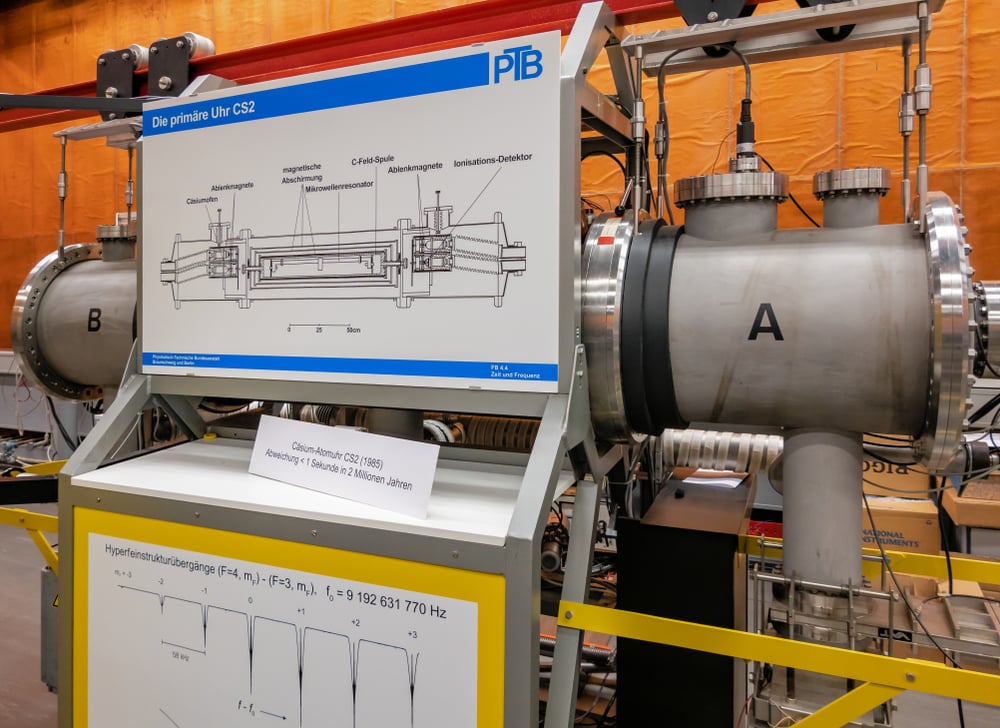
Atomic clocks rely entirely on the vibration of atoms, particularly the oscillations of electrons in their atomic shells. What makes them accurate is that these vibrations occur at well-defined and stable frequencies. For example, csesium-133 atomic clocks measure the frequency of microwave radiation that causes electrons in cesium atoms to transition between energy levels. This regularity of the vibrations makes atomic clocks highly accurate and the most reliable timekeepers!
The International System of Units (SI) defines a second as the duration of 9,192,631,770 periods of radiation corresponding to the transition between two hyperfine levels of the ground state of the cesium-133 atom. This definition ties the measurement of time directly to the properties of an atom.
Thus, atoms themselves cannot directly measure or assess time in the way that we typically think, but they do play a crucial role in humanity’s most accurate timekeeping device. Atomic Clocks are used extensively in scientific research, global navigation systems like GPS, telecommunications, and other applications that require extremely precise timekeeping.
References (click to expand)
- A Walk Through Time - The Evolution of Time ....
- How Measuring Time Shaped History - Scientific American.
- Hut, R. A., & Beersma, D. G. M. (2011, July 27). Evolution of time-keeping mechanisms: early emergence and adaptation to photoperiod. Philosophical Transactions of the Royal Society B: Biological Sciences. The Royal Society.

